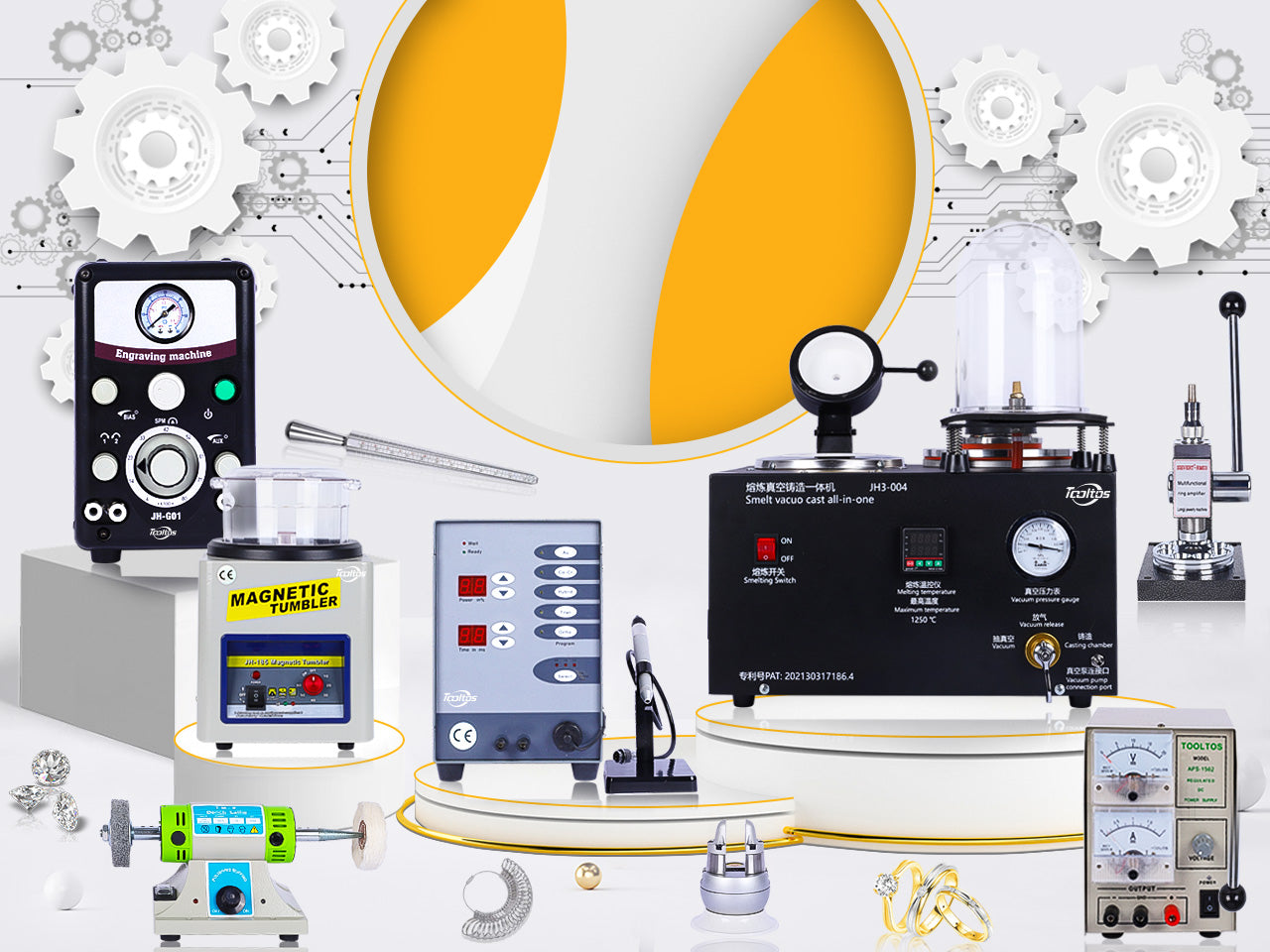Welding is the process of joining two pieces of metal together. Soldering jewelry involves melting a filler metal, also known as solder, into the joint. As an important part of the jewelry-making process, soldering allows jewelry makers to easily create a variety of jewelry without melting or damaging the metal.
As with many other areas of jewelry making, there are both traditional and modern methods for different skills, and soldering is no exception. To continually assist you in your jewelry-making journey, we have broken down traditional soldering and soldering with a tig welder to help you understand the differences between each part of the soldering process.
Refixing The Claw Setting
Traditional Method - If the stone is heat sensitive, you will have to remove it when refixing the claw, which can be time-consuming and potentially inaccurate in the case of multiple stones.
TIG Welder - You can weld with all the stones in place and move one claw edge back about 1mm to make room for the mechanical pressure of the metal that will be applied to the stone. When metal melts, it wants to be concentric. When soldering a claw next to a gemstone using traditional methods, unseen pressure may be applied to the gemstone, causing it to burst its corners.
You can avoid
- All the work of removing the stone
- Cleaning of fire scale from traditional welding methods
- Pickling
Ring Resizing
Traditional Method - If necessary, the thermite will need to be removed to heat the entire ring and perform the soldering.
TIG Welder - To resize a ring using a TIG welding machine, the ring can be cut as necessary, then the new joint can be filed with a triangular file and a "V" shape can be filed on the ring. This will allow you to solder the bottom of the root and reattach the ring. Take a piece of about 26 gauge wire, the same material as the ring (for color reasons), lay it lengthwise on the bottom of the root, and then solder at a 45-degree angle between the bottom of the ring and the side of the wire.
The lower heat at the connection ensures that the stone will hold, and you can always hold the ring to maintain control of your work.
Creative Works
Traditional Method- When creating with solder, you may find yourself wrapping things in wire to hold them tightly in place. When heated, the tip causes the metal to contract or expand in different ways, which causes the solder to move. The result is that it has to be allowed to cool down and reset, then heated up again to complete the solder joint.
TIG Welder - The heat-affected zone is very small and allows the weldments to "stick" together. At this point, those who like to weld can heat the weldment for welding without the headache of wire and shrinkage/expansion.
Working with Jump Rings
Traditional Method – With torch and solder, some jump ring closure is simply impossible. E.g. when you need to close a jump ring on a cotton bracelet using a traditional torch and solder it will produce a high risk of burning the whole bracelet.
TIG Welder – This machine allows you to weld bear cotton, slate, or almost anything sensitive. The heat affected zone is just mm allowing to close jump rings or make welds that were impossible to most before.
Find out more about using TIG welders by heading into our store for a demo or perusing our TIG welders on our site.


0 commenti